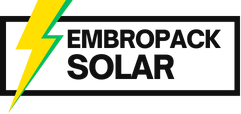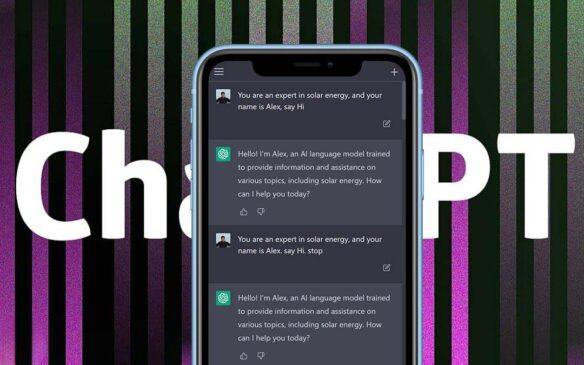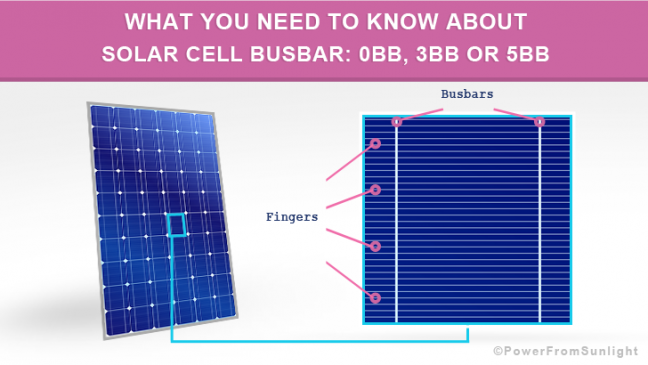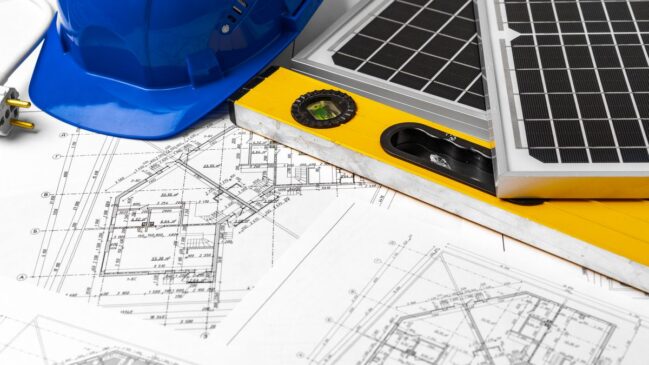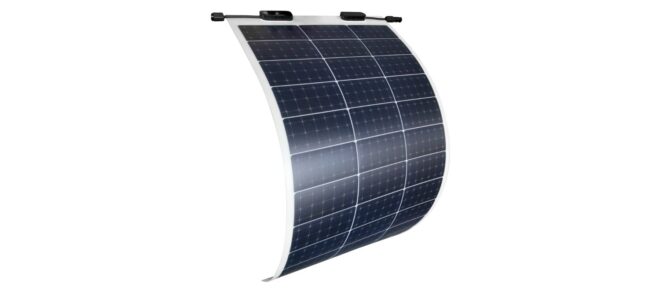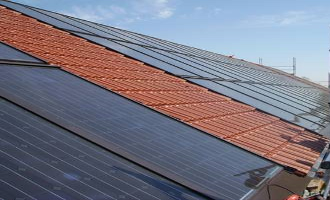
Choosing The Right Solar Panel Type: The Most Important Standards For Solar PV Panels
Which standards should a solar panel manufacturer have so that his modules comply with the international requirements and to be able to export them anywhere?
This article helps you to know the most important standards for solar PV panels needed to choose the right solar panel type.
The most important IEC Standards for Solar PV panels

Copyright © http://www.seraphim-energy.com/en/portal/module-certification
1) IEC 61215: Terrestrial photovoltaic (PV) modules – Design qualification and type approval
This International Standard lays down IEC requirements for the design qualification and type approval of terrestrial solar PV panels suitable for long-term operation in general open-air climates.
It applies to all terrestrial flat plate module materials such as crystalline silicon panel types as well as thin-film solar panels.
The objective of this test sequence is to determine the electrical and thermal characteristics of the solar PV panels and to show, as far as possible within reasonable constraints of cost and time, that the PV module is capable of withstanding prolonged exposure in climates described in the scope.
Part 1 of IEC 61215 lists general requirements and Part 2 defines testing. All tests specified in Part 2 are MQTs (module quality tests).
The following table summarizes the test procedures of the IEC 61215:

2) IEC 61730: Photovoltaic (PV) module safety qualification

Copyright ©http://solarinnova.net/en/home/certificates
IEC 61730 standard has been issued to further examine solar PV panels safety against electrical shock, fire hazard, mechanical and structural safety.
This standard is divided into two parts:
IEC 61730-1
This part of IEC 61730 describes the fundamental construction requirements for Solar PV panels to provide safe electrical and mechanical operation during their expected lifetime.
Specific topics are presented to assess the prevention of electrical shock, fire hazards, and personal injury due to mechanical and environmental stresses.
IEC 61730-2
Provides the testing sequence intended to verify the safety of Solar PV panels whose construction has been assessed by IEC 61730-1.
The test sequence and pass criteria are designed to detect the potential breakdown of internal and external components of PV modules that would result in fire, electric shock, and/or personal injury.
The standard defines the basic safety test requirements and additional tests that are a function of the PV module end-use applications.
This standard is designed so that its test sequence can coordinate with those of IEC 61215 , so that a single set of samples may be used to perform both the safety and performance evaluation of a Solar PV panel design.
3) IEC 61701: Salt mist corrosion testing of photovoltaic (PV) modules

Salt mist test chamber (TÜV Rheinland)
Solar PV panels are subjected to continuous outdoor exposure during their lifetime.
Highly corrosive wet atmospheres like marine environments could eventually degrade some of the PV panel components (corrosion of metallic parts, worsening of the properties of some non-metallic materials – such as protective coatings and plastics – by assimilation of salts, etc.) causing permanent damages that could affect their functioning.
Temporary corrosive atmospheres are also present in places where salt is used in winter periods to melt ice formations on streets and roads.
The IEC 61701 Standard describes test sequences used to determine the resistance of different solar PV panels to corrosion from salt mist containing Cl- (NaCl, MgCl2, etc.).
The solar PV panels are exposed to aggressive salt-spray conditions during a specified period. The solar module is passed, if it shows after the tests no visible traces of delamination, corrosion, yellowing, blistering or fractures and its electric output are not affected.
The positive result of the IEC 61701 Standard tests certifies that the tested solar PV panels can be utilized trouble-free near the sea, where there is high salt content in the air and in solar PV systems near to roads, which are loaded in winter periods by saline water spray.
4) IEC Standard 62716: Ammonia corrosion testing of photovoltaic (PV) modules

Copyright ©http://www.photovoltaik4all.de/heckert-nemo-solarmodule-bestehen-tuev-ammoniak-test
Solar PV panels that are mounted onto livestock farms and greenhouses and are subjected to particular environmental conditions that may be very aggressive: especially, fertilizing, ammonia and dust particles which can develop.
The concentration of ammonia (NH3), which is a harmful substance that is released into the air in large amounts on farms, may be very high and these emissions can additionally increase the solar panel degradation, which leads to a lower energy yield.
The purpose of this testing is to evaluate the resistance of Solar PV panels to ammonia.
The solar module is passed, if there are no faults caused in solar PV panels when operating under wet atmospheres having a high concentration of dissolved ammonia.
Before and after the IEC Standard 62716 testing the solar module is checked according to IEC 61215 and IEC 61730-2 procedures and criteria.
North American Standard for solar PV panels
1) UL 1703: Standard for Flat-Plate Photovoltaic Modules and Panels

Copyright © http://www.solarackusa.com/docs/ul-certifications/
In North America, the technical equipment is different from other countries. The power supply is highly fragmented, and the old electric lines are often overloaded. This regularly leads to power failures in the USA.
There are also added differences between the USA and other countries, for example, in Germany, the electrical cables in houses run beneath the plaster walls. Americans often live in wooden houses. The electrical cables lie in bare wooden skeletons in these type of houses; the fire risk is extremely high.
Therefore, in North America other national rules are applicable. To export to Canada and the USA successfully, the solar panel manufacturers should have the North American safety certificate called UL 1703, which is something like an entry permit for solar PV panels.
The international safety standard IEC 61730 (Photovoltaic (PV) module safety qualification) is meaningless here.
It is true that there are only a few differences between the two safety tests, but a certificate with the provisions of American National Standards Institute (ANSI) is indispensable if you want to be recognized in North America.
The following table summarizes the test procedures of the IEC 61730 and UL 1703 (MST stands for Module Safety test):
| IEC 61730 (Photovoltaic (PV) module safety qualification) | UL 1703 (Standard for Flat-Plate Photovoltaic Modules and Panels) |
|---|---|
| Visual inspection MST 01 | Temperature Test |
| Performance at STC MST 02 | Voltage, Current and Power Measurements Test |
| Maximum power determination MST 03 | Leakage Current Test |
| Insulation thickness test MST 04 | Strain Relief Test |
| Durability of markings MST 05 | Push Test |
| Sharp edge test MST 06 | Cut Test |
| Bypass diode functionality test MST 07 | Bonding Path Resistance Test |
| Accessibility test MST 11 | Dielectric Voltage-Withstand Test |
| Cut susceptibility test MST 12 | Wet Insulation-Resistance Test |
| Continuity test of equipotential bonding MST 13 | Reverse Current Overload Test |
| Impulse voltage test MST 14 | Terminal Torque Test |
| Insulation test MST 16 | Impact Test |
| Wet leakage current test MST 17 | Fire tests |
| Hot-spot endurance test MST 22 | Water Spray Test |
| Fire test MST 23 | Accelerated Aging Test |
| Ignitability test MST 24 | Temperature Cycling Test |
| Bypass diode thermal test MST 25 | Humidity Test |
| Module breakage test MST 32 | Corrosive Atmosphere Test |
| Screw connections test MST 33 | Metallic Coating Thickness Test |
| Static mechanical load test MST 34 | Hot-Spot Endurance Test |
| Peel test MST 35 | Arcing Test |
| Lap shear strength test MST 36 | Mechanical Loading Test |
| Materials creep test MST 37 | Wiring Compartment Securement Test |
| Robustness of terminations test MST 42 | Factory Dielectric Voltage-Withstand Test |
| Thermal cycling test MST 51 | Factory Voltage, Current, and Power Measurements Test |
| Humidity freeze test MST 52 | Grounding Continuity Test |
| Damp heat test MST 53 | |
| UV test MST 54 | |
| Cold conditioning MST 55 | |
| Dry heat conditioning MST 56 |
